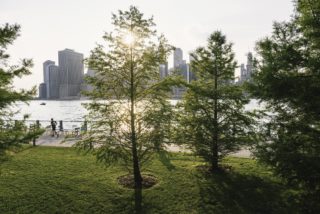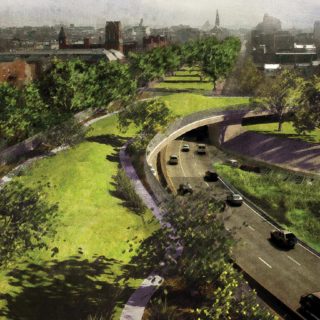$11.6 billion for highways
$1.9 billion for bridges
$9.8 billion for transit
$2.6 billion for water infrastructure
$685 million for airports
$100+ million for broadband infrastructure
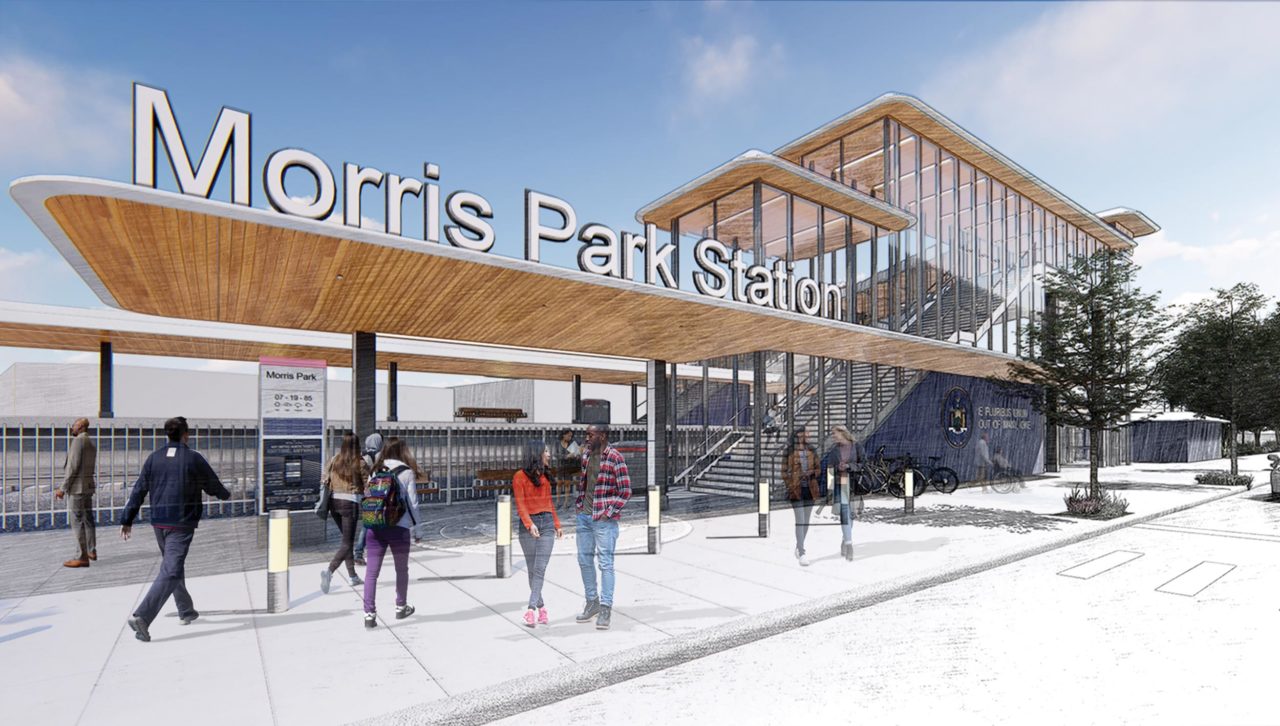
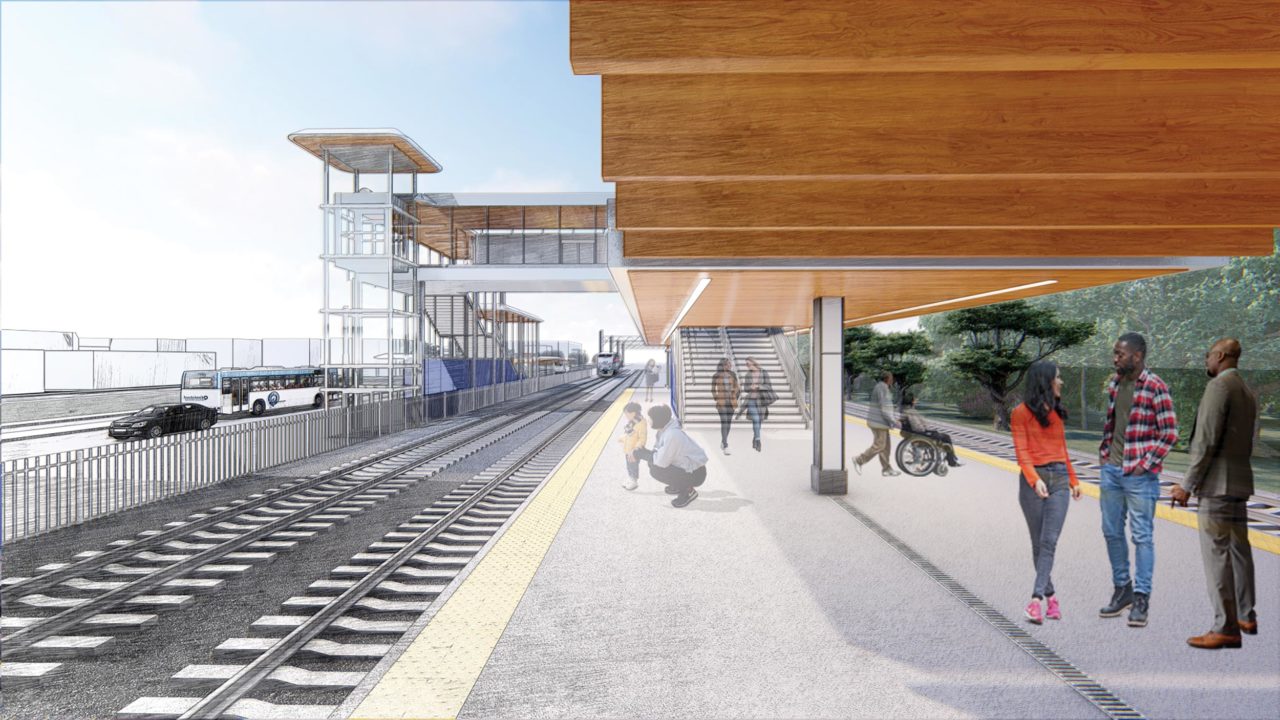
Antonio Pacheco: Thank you for gathering to discuss the Infrastructure Investment and Jobs Act. Let’s start by assessing your initial impressions of the bill and how its implementation might impact the transportation infrastructure of the New York region.
Shirley Moy: There are climate issues and regional transportation issues addressed by the bill. The Gateway tunnel project connecting New Jersey and New York is a major project that has been postponed forever, but it is now going ahead because of the bill, though it will take many years to build. If one of the current tunnels is in disrepair or suddenly goes offline, then our capacity to move trains through the corridor drops drastically. Gateway will help resolve that bottleneck by bringing extra capacity to the tunnel system, while creating through service out of Penn Station through a project known as Penn Station Expansion.
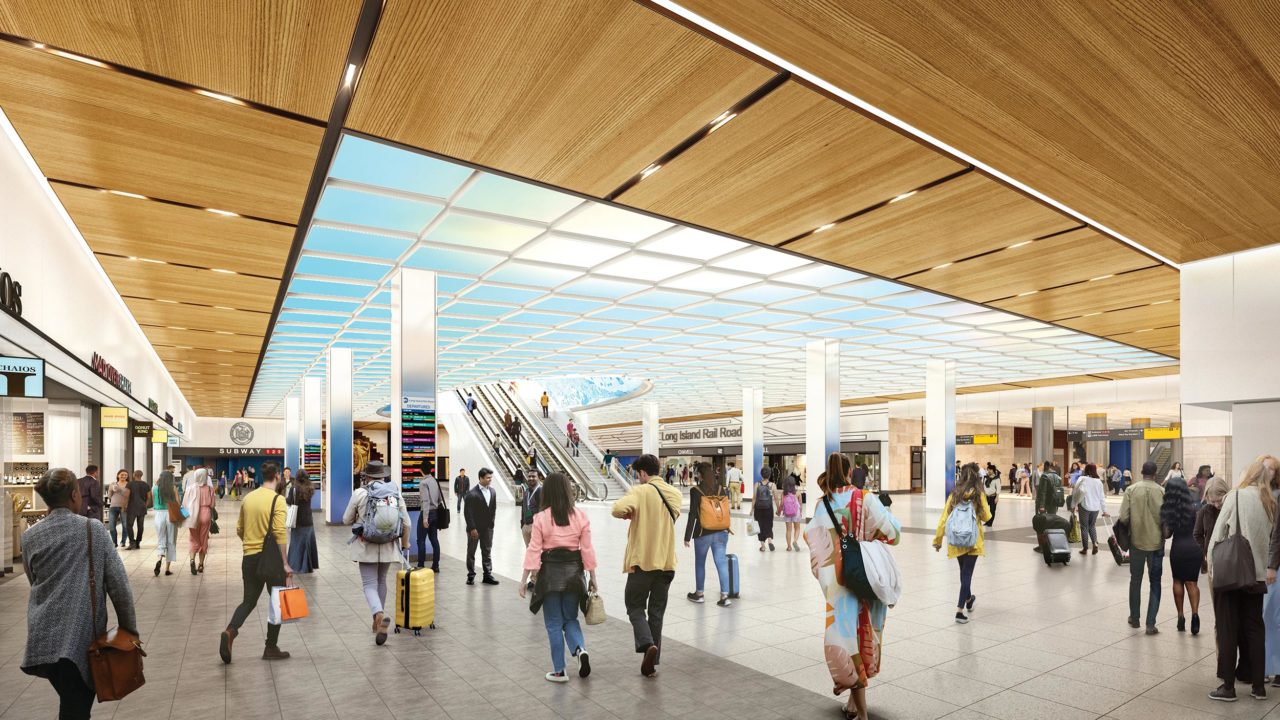
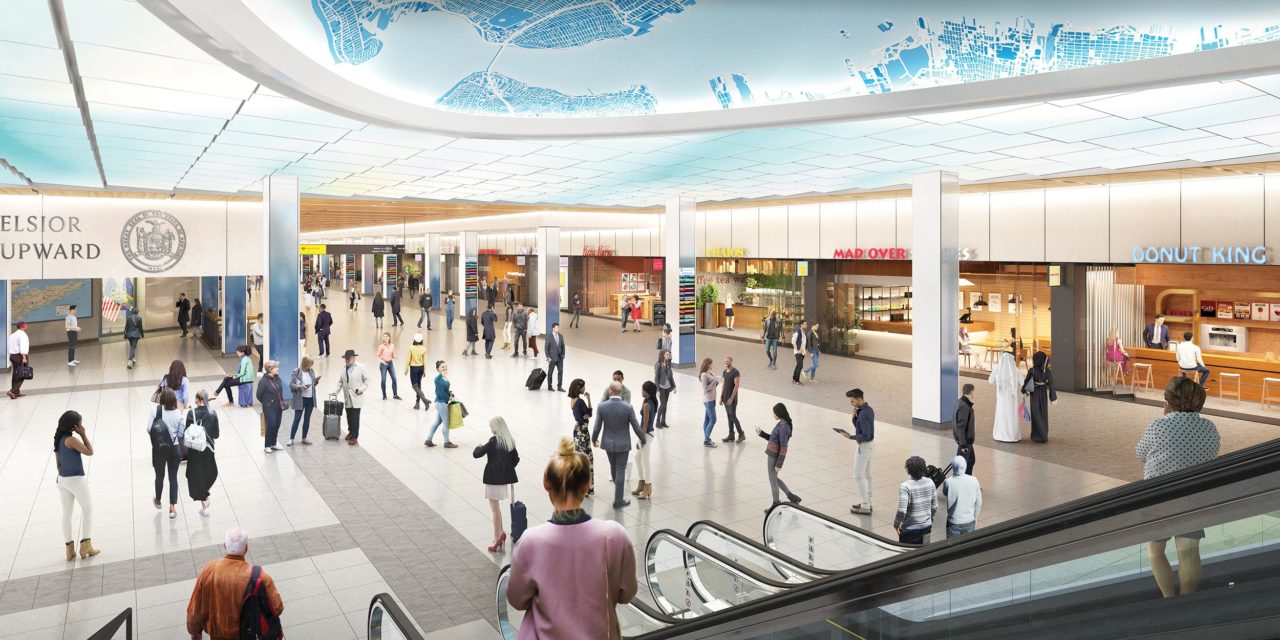
John Schuyler: Speaking more broadly, there is a lot yet to be decided, especially around how the funds get spent, so there’s an opportunity to put pressure on our local officials and agencies to make sure important projects are properly funded and prioritized.
Jim Wright: About two-thirds of the transportation portion of the bill is dedicated to highways. Within the committee, our interest focuses on urban infrastructure elements, like mass transit, and so-called “alternative transportation” projects. It’s important to understand that the transportation portion of the infrastructure bill essentially replaces the typical transportation infrastructure bill that gets renewed every five years, and, from my understanding, the funding in this reauthorization approximately doubles funding levels appropriated in the prior five-year program. It opens up a lot of opportunities for larger “mega projects,” like Gateway and the Second Avenue subway, but also brings a lot of money to smaller community-oriented projects. The Biden Administration also tried to put a real focus on sustainability and energy efficiency in a lot of the requirements of the bill—typically the elements architects are most involved in. Community restoration projects related to highways are also a major element of the bill, including the potential for capping portions of the Cross Bronx Expressway. A big difference between Biden’s bill and the Obama infrastructure package of 2009 is that, back then, the federal government was looking at getting money into construction as fast as possible, so they focused on shovel-ready pro-grams outlined by the state departments of transportation that had already been designed and approved. There’s a lot of that in the new infrastructure bill, but there’s also a lot more money allocated towards planning and design, so it’s looking at a longer horizon, and it leaves room for architects to get involved.
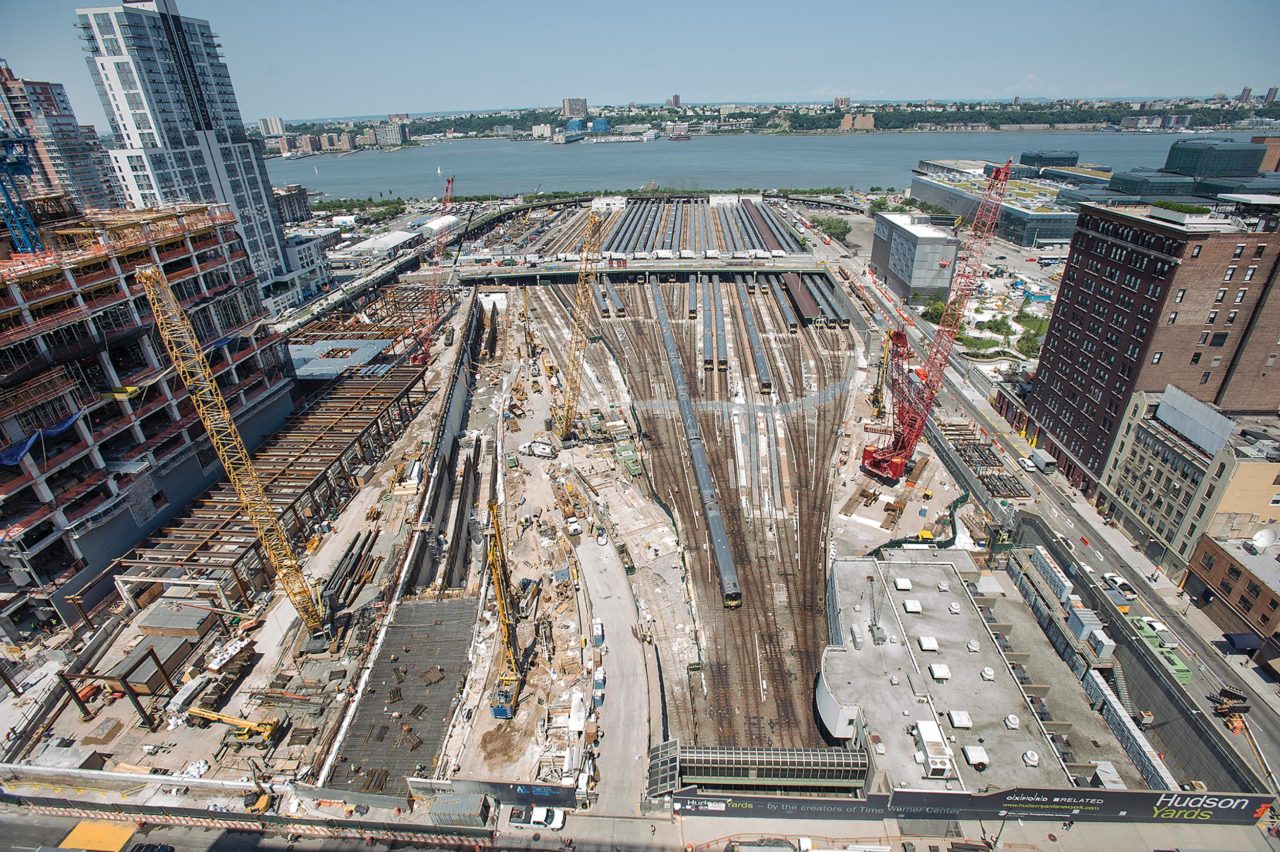
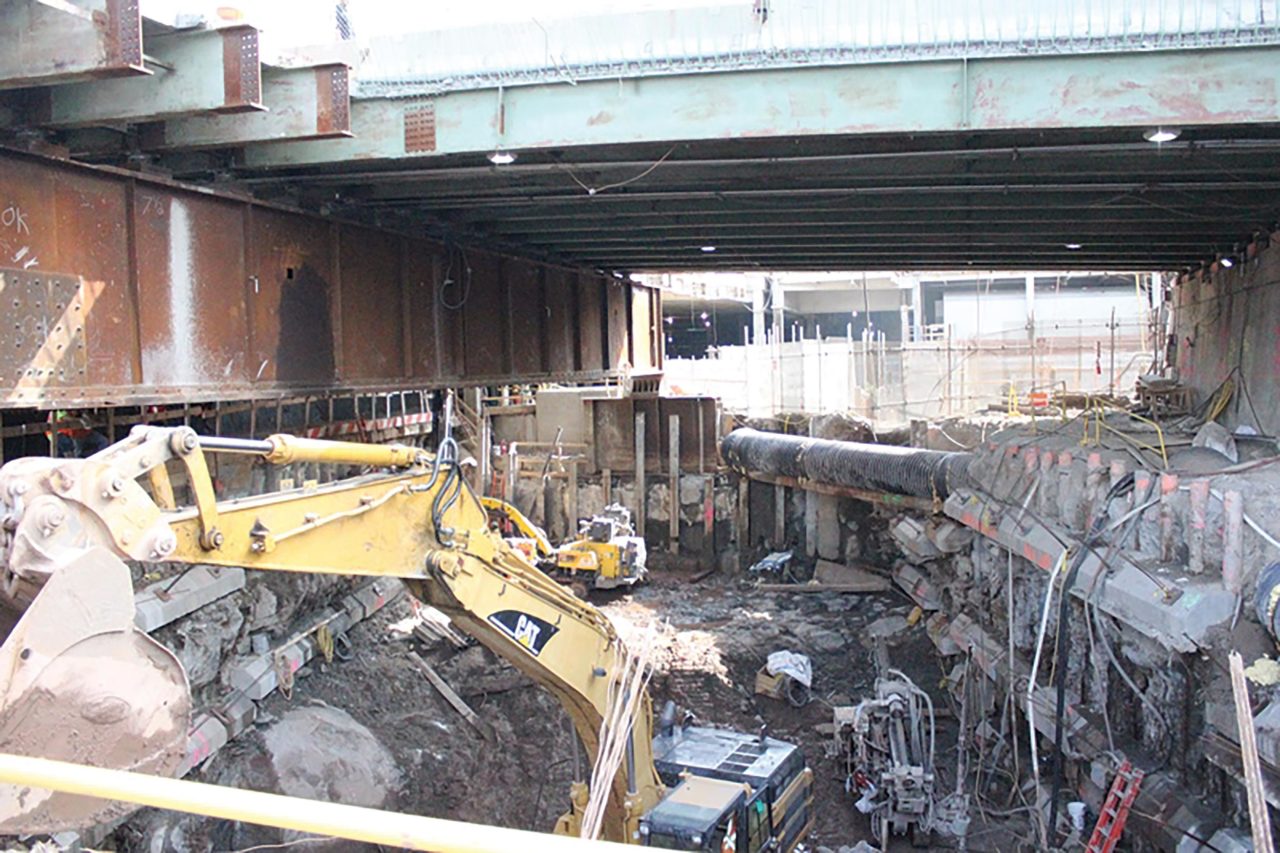
John Schuyler: Generally speaking, the Gateway tunnel is the number one priority we see for the region, and all agencies and electeds associated with that will continue to put pressure to have it happen as soon as possible. There are a number of East River resiliency projects that follow in terms of importance, because if we don’t keep Lower Manhattan dry, there’ll be little reason to take the train through the tunnel. I would say the Port Authority Bus Terminal replacement and other transportation projects are also key, and will allow the region’s transportation systems to work in proper order. The extension of the Second Avenue subway will help aerate an entire section of Manhattan that’s currently underserved. Additionally, renovating the Brooklyn-Queens Expressway (BQE) is near and dear to the committee’s heart. There are many projects that have not been directly funded yet, and I think the committee should be advocating for increased focus and intention on region-serving projects like the BQE. We should mention the Cross Harbor Freight Movement Project, also. It’s not glamorous, but in terms of the overall economy of the city and the region, it should be a high-priority element.
Shirley Moy: In her recent State of the State address, Governor Kathy Hochul announced the Cross Harbor Freight Movement Project and Interborough Express (IBX) as major priorities. The IBX is a truncated portion of an idea proposed by the Regional Plan Association awhile back called the Trans-Regional Express (T-REX), which would connect South Brooklyn with Co-Op City in the Bronx using a series of existing rail lines. The new version links only Brooklyn and Queens, however, because the portions of the rail line located in the Bronx will be used by the Penn Access project, which is the northeast connector that will take trains from Penn Station (after they’ve crossed through the new Gateway tunnels) up through the Bronx and into Connecticut.

Jim Wright: That’s a great point, Shirley. These large-scale elements of the regional system that have been lacking for decades will not only help move people to and from places they haven’t been able to get to before, but will also protect against future climate catastrophe. So they’re really long-term investments in the future. In terms of the Cross Harbor Freight Movement Project, it’s going through the planning process and it’s being evaluated according to different possible plans, including as a tunnel below the harbor and a float option. There’s a very robust rail infrastructure on the Jersey side, but not so much on the Brooklyn side, and so it will require a huge investment to actually work the way it needs to. Given the new emphasis on using that rail line for transportation via the IBX, there’s kind of a built-in conflict between the freight and IBX projects, so it’ll be interesting to see which priority takes precedence there.
Shirley Moy: Although Penn Access isn’t necessarily seen as an equity project, it will reach different populations and allow people to reverse-commute into Connecticut, bringing mass transit to transportation deserts, which is something it shares with the IBX. They’re both linking up all these different neighborhoods; the question is whether it can get past any NIMBYism that comes up, because there are politicians already saying they don’t want the train in their areas.
Antonio Pacheco: The transportation plans we’re mentioning here seem to challenge the conventional hub-and-spoke regional model of New York City. With COVID-19, work from home, working class displacement, and other issues reshaping the region, would you say the hub-and-spoke model is undergoing change?
Shirley Moy: We would like for the region to be a lot more interconnected, yes, but it takes a lot of money. I think the future of the region is multi-nodal; planners have been trying to make that happen since the early 2000s. There was an idea to create new business and residential hubs—Downtown Brooklyn; Long Island City; Jamaica, Queens—and to then connect them somehow. But whether we actually connect them in a circumference, I’m not sure that’s viable. I think it’s still going to be hub-and-spoke to some extent, but maybe in a more interconnected way.
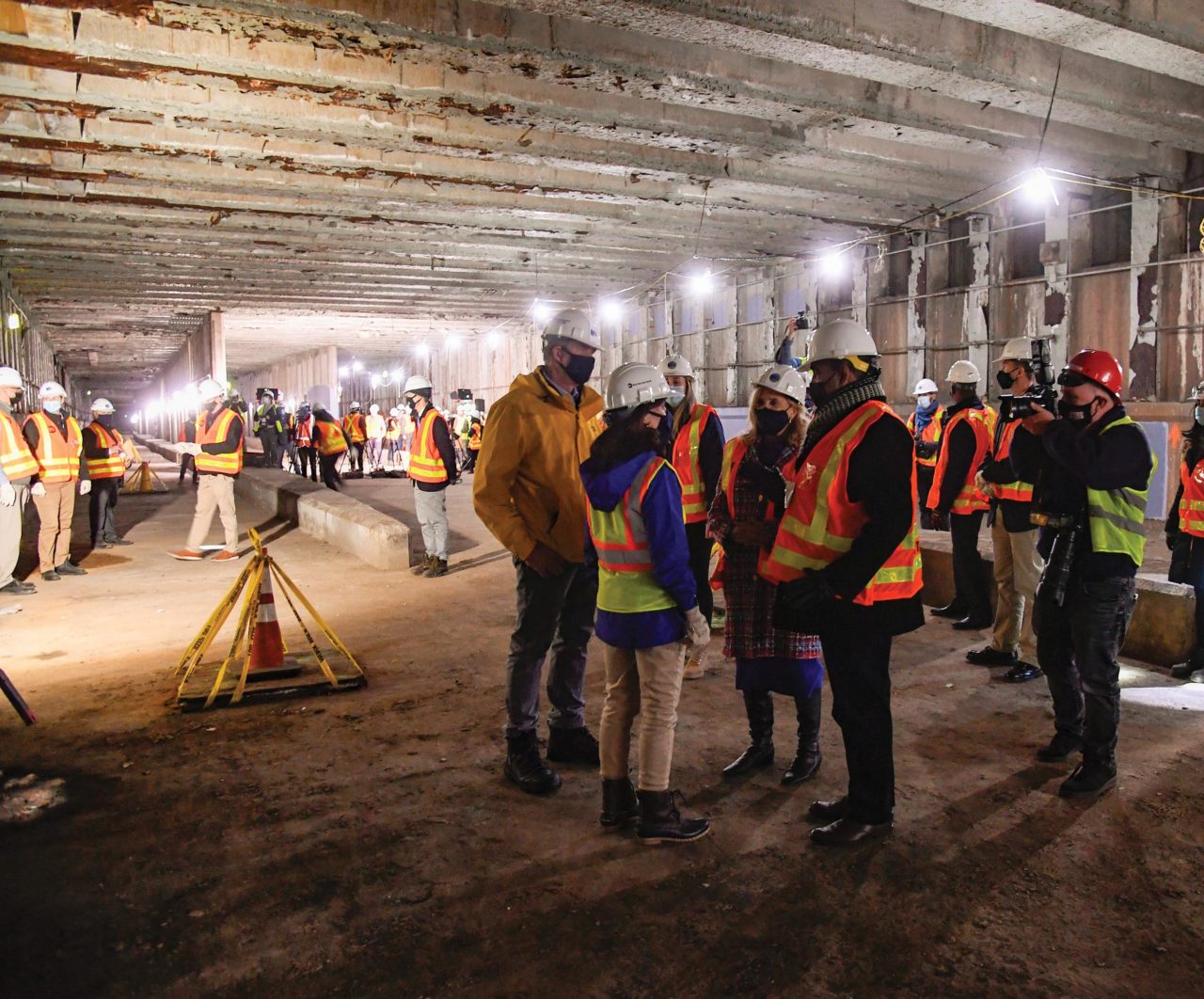
John Schuyler: I agree. It seems like a diagram has been established, and it’s going to take many decades to flesh out. The IBX would be part of that effort but if you look to New Jersey, you see things like the Hudson-Bergen Light Rail Line—that’s part of that same notion. New Jersey’s covered, in a way, and we’re basically talking about mimicking that approach on the Brooklyn-Queens side of Manhattan. It seems like an important part of the network that we need, and that feeds into the multi-nodal, multi-modal future for the region.
Jim Wright: There’s a philosophical question, too. When you’re building infrastructure, you’re looking to the future, so we need to think about what we, as architects and planners, think the city should be in 10, 20, or 50 years. Clearly, the city was developed with this idea of Manhattan as the center of not only the city, but the region. But now, we’re seeing development in other neighborhood centers—like Long Island City, Downtown Brooklyn, and, I would throw in Flushing, Queens, and areas of the South Bronx. So rather than just having one dense center, we’re looking at multiple centers that allow people to live closer to where they work.
Jim Wright: There are elements in the two companion bills predicated on community development, which is something our committee and the architectural community can use to create strong linkages between transportation and land use. We should look at transportation as a means to an end, not an end in itself. How do we use infrastructure to build better communities? To strengthen these decentralized nodes? Who knows what’s going to happen, but the vacancy rate is very high in central Manhattan, and regardless of whether we’re living with COVID-19 as a pandemic or endemic virus, it will result in real changes to the structure of the central business district, especially if there’s an increase in residential uses there. People want to live closer to those jobs. For me, what’s missing are the companion elements from the Build Back Better plan, which directly address the land use and soft infrastructure side of the equation. There are elements of the second bill that the architectural community and the AIANY Chapter really support.

Antonio Pacheco: How do ecology and infrastructure go together here?
John Schuyler: Smoother transportation systems reduce our dependence on fossil fuels, much more so than a LEED Platinum building or even hundreds of LEED Platinum buildings. We should also be thinking about the importance of the energy generation portion of the infrastructure bill. We need to build up the clean energy network and promote buildings that are all-electric. Getting good, clean systems that transition energy use efficiently is important. Our embodied carbon is going to be huge, though. We’re talking about enormous amounts of building and construction here, so procurement becomes an important piece of the infrastructure puzzle: where we’re buying the steel, whether or not we’re reusing buildings, what’s in the concrete mix. It sounds simple, but it’s a lot of embodied carbon.
Jim Wright: One thing we’ve always promoted is the idea that keeping the system in a state of good repair is the number one place to put dollars. If you let that fall apart, you’re basically going to have to start over. If you’re reusing and maintaining what’s there, you’re not creating as much new carbon.
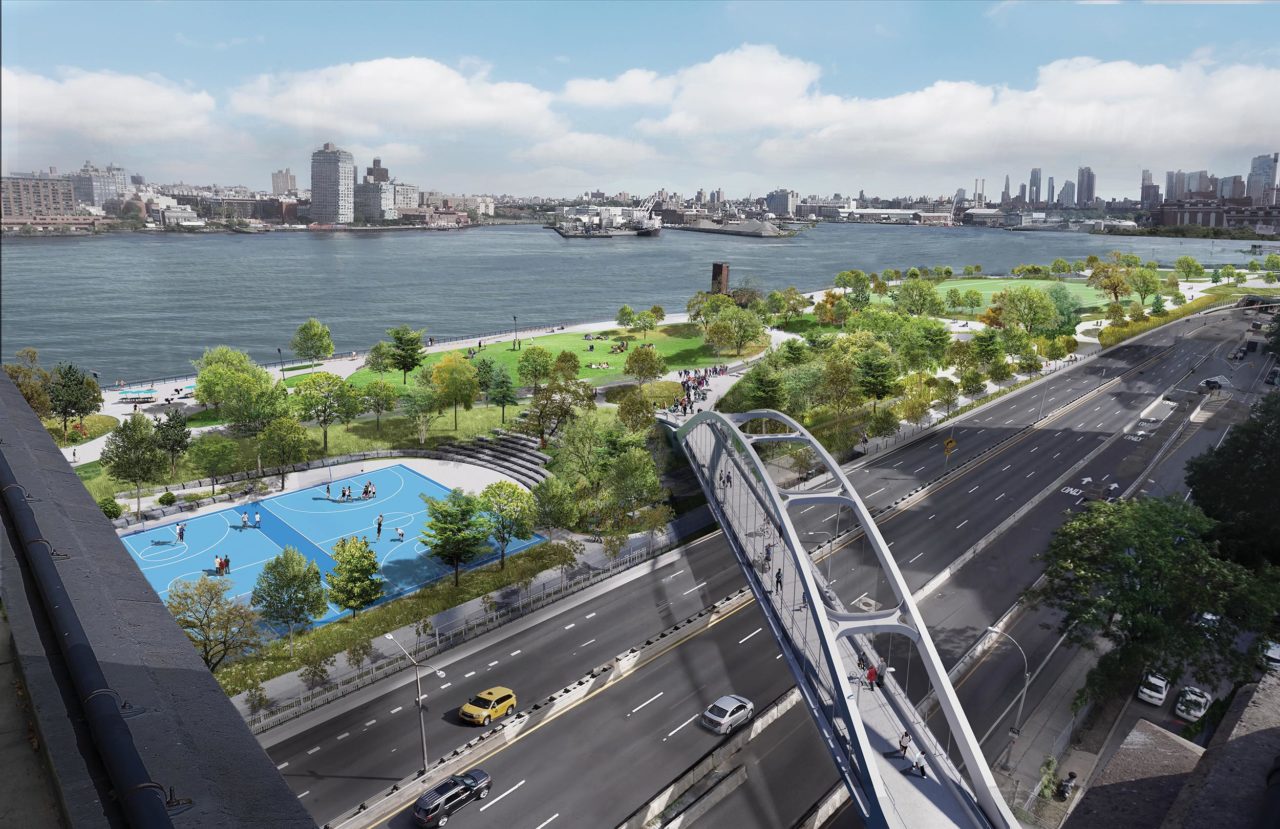

Antonio Pacheco: Along those lines, there’s a lot of money in the bill dedicated to making MTA stations more accessible through new elevators and other improvements. How does this factor in?
Jeff Dugan: There is a big focus at MTA on inserting elevators into the system, a system that was not designed for elevators. It’s hard to convey how challenging it is to put elevators into the system, but we’re working on that. There’s an effort to create a design-build finance model that will help attract entities that can provide turnkey elevator retrofit services for these stations, which the bill will hopefully push forward.
Shirley Moy: The state of repair for MTA stations, Americans with Disabilities Act (ADA) compliance, and sustainability are not mutually exclusive; you have to have what’s called a “state of good repair” for it all to work, and ADA access is central to that. It means designing infrastructure to suit the needs of today as well as tomorrow. It has to be a holistic approach with a system and asset management perspective that prioritizes fixing broken things.
Jeff Dugan: Many of these projects fall into this nexus between modernization, being in a state of good repair, capacity improvements, and resiliency. If any one project addresses two or three of these concerns in one fell swoop, then that’s a real plus.
John Schuyler: There are real opportunities for architects and integrated teams—architects, landscape architects, planners, and engineers—to work together to really make sure these projects are fitting into their communities more efficiently and being optimized for the future. How these pieces land, and what happens where the infrastructure meets the city, those are things that architects and planners are able to help understand and design. We can take these pieces and help domesticate them. We are well positioned, for example, to understand how to think about the public space components of the Cross Bronx Expressway cap, and how we can help knit that community back together again. Out of the hundreds of billions of dollars that are being spent, we have the expertise to show how these projects can make a better urban environment for everyone.
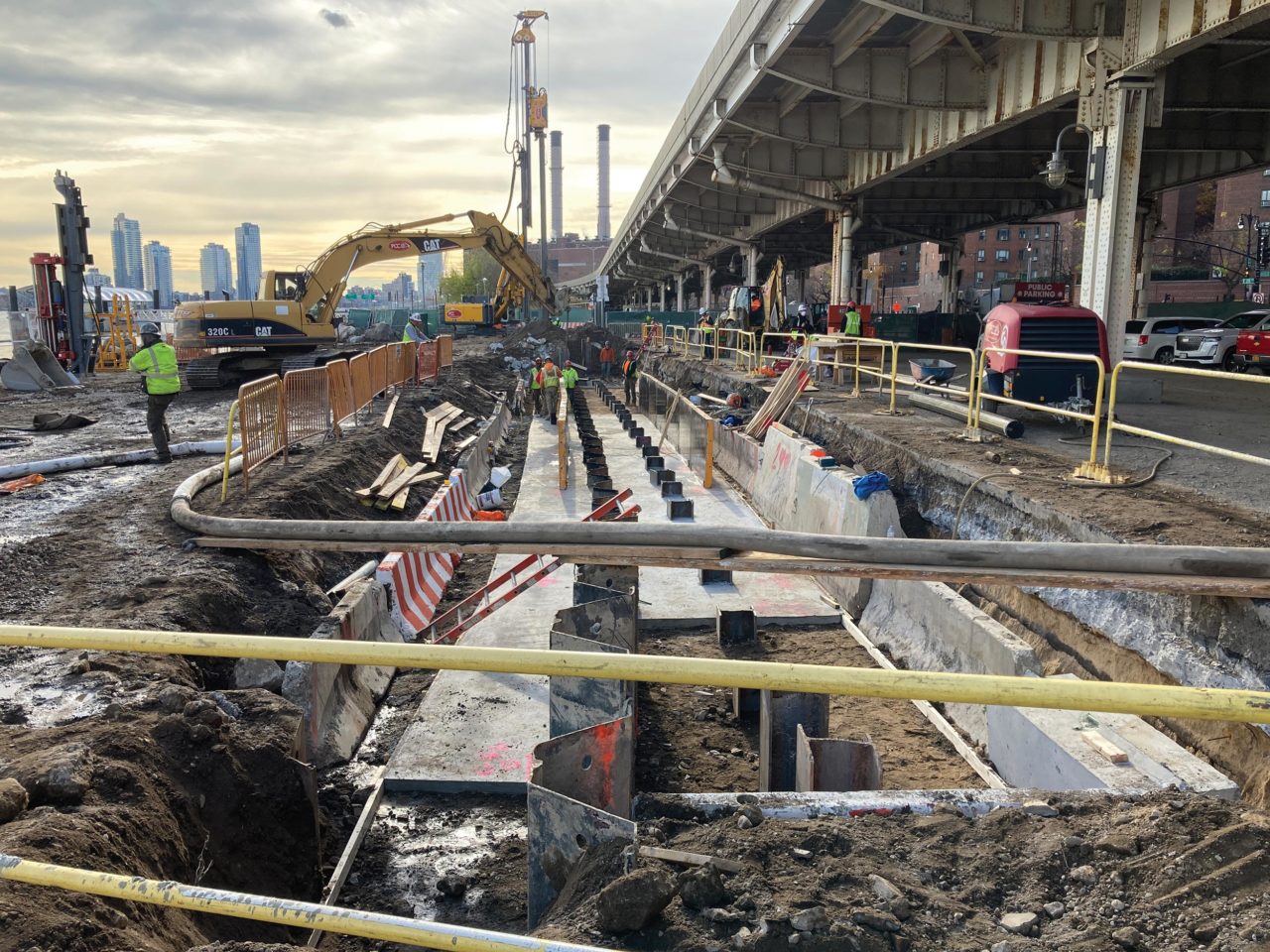
Antonio Pacheco: What’s missing from the bill?
Jim Wright: I wish even more clean energy elements were included. If you look at the Build Back Better bill, there are some very aggressive goals to transition to electricity, not only in the grid but for automobiles and buildings. Given where we are with climate warming, without a substantial shift to clean energy, we’re not going to bend the curve enough to keep a planet below the 1.5 degrees Centigrade. A lot of it got carved out of the bill, and we need to find a way to get it back in.
John Schuyler: I agree with Jim. I think if the federal government were able to establish some federal requirements for energy performance for buildings instead of leaving it up to the individual states and cities, we’d be better off. This is a national problem that needs a national solution and a national set of requirements.
Shirley Moy: I think the basic infrastructure of things like sewers and other elements desperately in need of upgrades did not get addressed in the bill. There’s still a lack of basic infrastructure improvements. It takes so long to construct but is needed. For example, New York’s Water Tunnel No. 3 has been under construction for 50 years.
Jeff Dugan: The important thing architects bring to the design of infrastructure is an ability to take stock of how everyone interfaces with these services and how they get integrated into the communities they serve, so we don’t repeat the mistakes of superhighways, where communities are divided and torn apart. Ultimately, it’s not just about jobs and delivering projects on schedule and on budget—it’s about creating things that support communities in ways that bring them together.
—
Antonio Pacheco is an architecture writer and critic based in New York City. His writing and commentary have been featured in NPR, The Architect’s Newspaper, Archinect, The New York Review of Architecture, Preservation in Print, and Failed Architecture, among other publications and venues.








